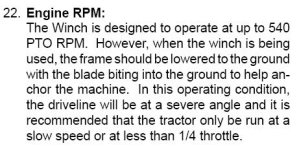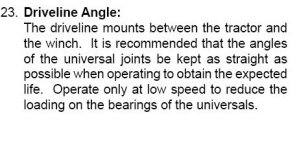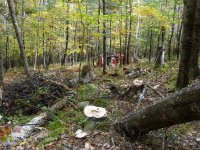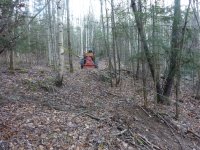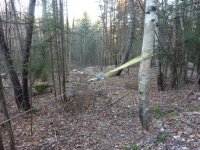MAN IN BLACK
Gold Member
- Joined
- Mar 18, 2013
- Messages
- 313
- Tractor
- MF GC2610 tlb,mmm
I just bought a new FX65 Wallenstein skidding winch.
I'm waiting for the weather to clear to head to the woods and give it a try ( been raining all weekend here)
My question is...do I need to run the tractor motor at full throttle to have pto 540 rpm, or can I operate the winch at lower motor rpm, and if so, can I still pull the same load ?
Thanks for any advice !
Black
I'm waiting for the weather to clear to head to the woods and give it a try ( been raining all weekend here)
My question is...do I need to run the tractor motor at full throttle to have pto 540 rpm, or can I operate the winch at lower motor rpm, and if so, can I still pull the same load ?
Thanks for any advice !
Black
